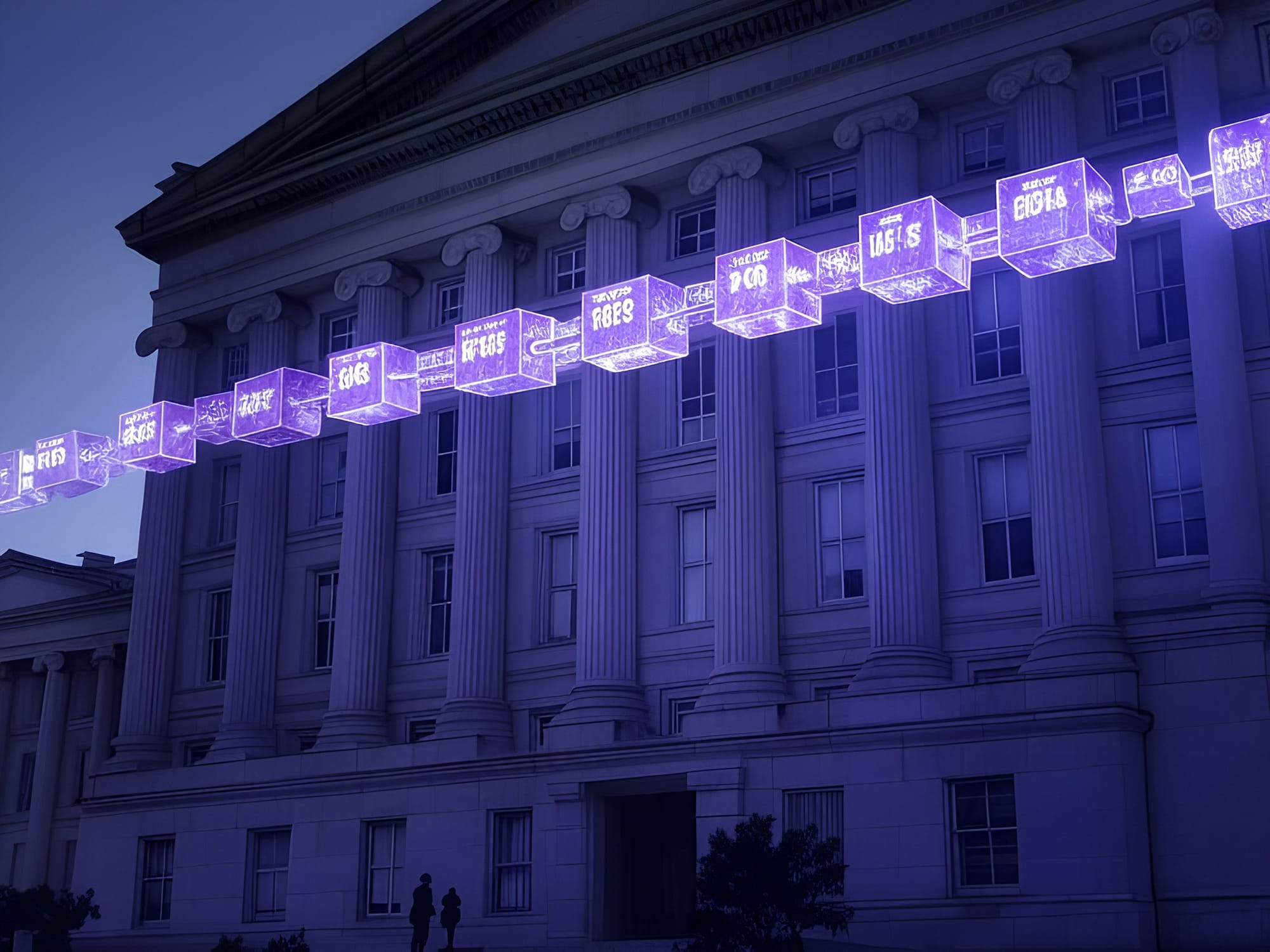The U.S. Government Could Save Up to $338 Billion by Adding the Treasury to a Blockchain

It seems a new idea is starting to gain steam, as both Coinbase CEO Brian Armstrong and Elon Musk have voiced their support for transferring all US government spending onto a blockchain. This move is seen as a revolutionary step towards enhancing transparency and reducing inefficiencies in federal expenditure. Last week, in response to the idea of adding spending to a blockchain, Elon Musk succinctly expressed his support with a simple "Yes!" This endorsement from Musk, alongside Armstrong's advocacy, signals a strong case for blockchain's potential to transform government operations.
The primary benefit of this shift is the drastic reduction in fraud within government budgets. Currently, it's estimated that fraud accounts for about 24% of the US Treasury's budget, but moving to blockchain could potentially bring this figure down to zero overnight. Imagine the implications; if even a mere 1% of annual US spending is wasted, that's approximately $69 billion lost each year. By cutting just 5% of this waste, the government could save around $338 billion, significantly impacting the annual deficit spending which stands at a staggering amount.
Great progress @DOGE
— Brian Armstrong (@brian_armstrong) February 8, 2025
Imagine if every government expenditure was done transparently onchain. Would make it much easier to audit.https://t.co/lpHhQhN4Ji
Choosing the Right Blockchain for Government Spending
Implementing blockchain for government spending would introduce a level of efficiency and transparency previously unattainable. The immutable nature of blockchain ensures that once a transaction is recorded, it cannot be altered, providing a clear, auditable trail of every dollar spent. This transparency would not only deter fraudulent activities but also enable citizens to monitor government spending in real-time, fostering a new era of public trust and engagement.
When it comes to choosing which blockchains to utilize for this monumental task, several options stand out. Ethereum, with its robust smart contract capabilities, could be an excellent choice for its ability to handle complex transactions and its widespread adoption. Alternatively, Solana could be considered for its high transaction throughput and low costs, making it efficient for managing vast amounts of government transactions. Bitcoin would be a clear contender, because of its public blockchain and its robust secure network which would be needed for something as big and important as the U.S. Treasury. For a balance between public transparency and government control, a hybrid approach using public blockchains like Cardano, which is known for its governance model, could also be considered.
This initiative, while ambitious, carries the promise of not only cutting down on government waste but also setting a precedent for how technology can be leveraged for public good. With the backing of influential figures like Armstrong and Musk, the conversation around blockchain in government spending is moving from theoretical to potentially actionable, marking a significant shift towards a more transparent and efficient future for public finance.

